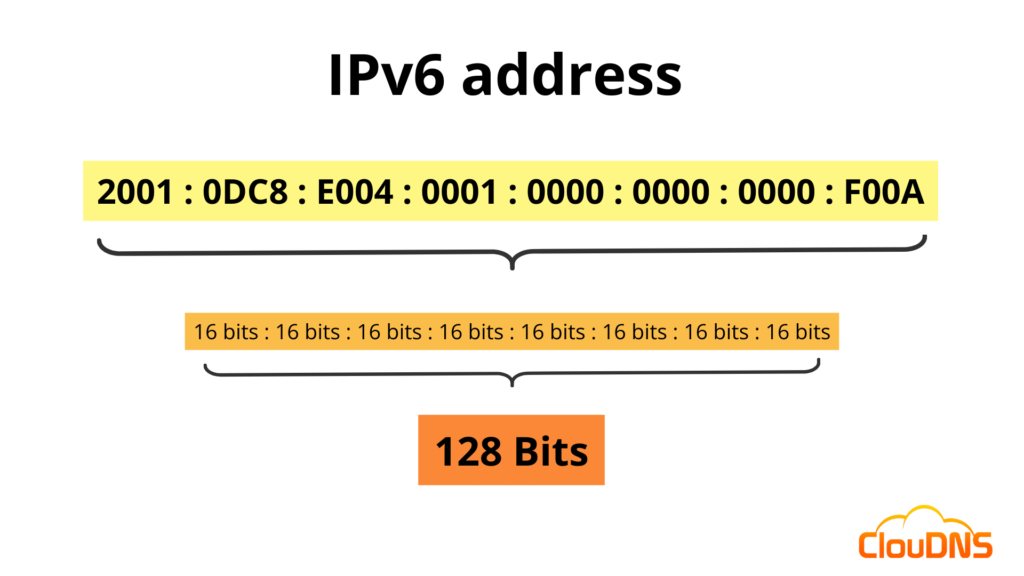IPv6 Applications in Government Organizations: A Step Towards the Future
With the widespread use of the internet today, government institutions are increasingly investing in information and communication technologies. An important part of these investments is the transition to IPv6. IPv6, designed to replace the existing IPv4 protocol, offers a larger address space and enhanced security features. This article will focus on why government institutions need to transition to IPv6, how it can be used, infrastructure architectures, and the importance of this transition. Read the full article for more details.
Why Should Government Institutions Transition to IPv6?
Transitioning to IPv6 is no longer optional for government institutions; it has become a necessity. The key reasons driving this transition include:
- IPv4 Address Exhaustion: The limited number of IPv4 addresses is a significant constraint, making it difficult to add new devices and services to the network. IPv6, with its expanded addressing capacity, solves this problem.
- Security Advantages of IPv6: IPv6 comes with built-in security protocols, enhancing the ability of government institutions to protect data and defend against cyber threats.
- Compliance with Global Standards: As the world moves towards IPv6, government institutions must adopt this protocol to remain competitive and compliant with international standards.
How to Use IPv6? – Application Examples
Implementing IPv6 in government institutions requires careful planning and strategy. Here are some critical areas to focus on:
- Basic Features and Advantages of IPv6: IPv6 offers numerous benefits, including expanded address space, automatic address configuration, and integrated security features, which can help government institutions improve the efficiency and security of their networks.
- How Government Institutions Can Implement IPv6: Government institutions should develop a step-by-step transition plan to make their existing network infrastructure compatible with IPv6. This process should include dual-stack implementation, IPv6-specific security protocols, and network management strategies.
- IPv6 Transition Strategies and Best Practice Examples: To ensure a successful IPv6 transition, government institutions should study and adopt the best strategies implemented globally, tailoring them to their specific needs.

IPv6 Infrastructure Architectures in Government Institutions
The transition to IPv6 involves significant infrastructure changes. Government institutions must address the following aspects during the transition:
- IPv6 Network Architecture and Structural Requirements: The transition to IPv6 requires reconfiguring the existing network architecture. This includes updating routing protocols, firewalls, and other network components to be IPv6-compatible.
- Challenges and Solutions During IPv6 Transition: One of the main challenges in the transition is the need to run both IPv4 and IPv6 simultaneously through dual-stack implementation. These challenges can be overcome with a well-planned transition strategy.
- Infrastructure Security and the Role of IPv6: IPv6 can enhance the security of government institutions’ infrastructure through its integrated security features. It is crucial to make firewalls, VPNs, and other security solutions compatible with IPv6.
The Importance and Benefits of IPv6 for Government Institutions
IPv6 offers numerous benefits to government institutions, extending beyond just technical advantages. It plays a crucial role in operational efficiency, security, and strategic planning for the future:
- Enhancing Data Integrity and Privacy: The integrated security features of IPv6 allow government institutions to maintain data integrity and enhance privacy.
- Facilitating the Transition to Next-Generation Internet Services: IPv6 enables government institutions to adapt more quickly and efficiently to future internet technologies, improving service quality and citizen satisfaction.
- Increasing Compliance with International Standards and Global Competitiveness: As IPv6 becomes the global standard, compliance with this protocol will enhance the global competitiveness of government institutions.
Conclusion: Is IPv6 Transition a Mandatory Step for Government Institutions?
In conclusion, transitioning to IPv6 is not just an option but an essential requirement for government institutions. Successfully completing this transition will accelerate digital transformation processes, enhance operational efficiency, and maximize security.
- Impact of IPv6 Transition on Government Institutions: IPv6 enables government institutions to deliver more efficient, secure, and sustainable services.
- Future-Oriented Strategies and Management Plans: IPv6 helps government institutions adapt quickly to future technological developments, which should be part of long-term strategic planning.
- Importance of IPv6 for Government Institutions and the Necessity to Complete the Transition Process: Transitioning to IPv6 is a critical step in completing the digital transformation processes for government institutions. Successfully completing this transition is vital for future success.




